When lotus founder Colin Chapman needed a replacement for his race cars’ Coventry Climax four, he hired its creator, Autocar journalist Harry Mundy, to spice up Ford’s mundane Kent engine.
The resulting Twin-Cam proved itself immediately in the 23 sports racer. Ford therefore asked Lotus to fit it in its new saloon for Group 2 racing – and a legend was born.
Homologation required 1000 Ford Cortina Lotuses to be made for the road, which caused great excitement among enthusiasts.
In addition to the new DOHC unit, Cheshunt gave the Cortina a high-ratio rear axle, modern rear suspension, a heavier-duty set-up at the front (lowering the ride by an inch), wider tyres, a close-ratio manual gearbox and aluminium parts to compensate for the extra bits. As such, the car’s power-to-weight ratio more than doubled, from 51bhp to 190bhp per tonne.
Autocar Archive: 128 years of magazines available online
“Everything seems more firm and taut,” we said. “It remains glued to the road when driven fast through bumpy corners.
“The car holds its lines through corners very well indeed. Should one feel boisterous, however, the tail can be hung out by dexterous throttle use – steering corrections being easy and responsive.
The manual shift was smooth and precise and the clutch wasn’t leg-quiveringly heavy as feared.
“As a high-performance car, it’s inconspicuous and deceptive in its speed and acceleration,” we summarised. “High speeds can often be used, and they go hand in hand with a high standard of stability and braking power – the three criteria for a grand tourer.”
The first high-speed rally stages come to UK forests
Rallying was originally all about the reliability of cars and the regularity and navigational skills of their crews. Then in the 1950s, the Scandinavians dreamed up the ‘special stage’ – meaning a leg run away from speed-limited public roads, on which the fastest driver was the victor – and the sport was changed forever.
Annoyingly, there was no legal way of shutting a public road for motorsport in the UK, which quickly left the RAC Rally looking old-fashioned and boring and unpopular with foreign competitors. It was thanks to organiser Jack Kemsley that it was saved, as in 1960 he convinced the Forestry Commission and some private land owners to close a few of their dirt and gravel roads for special stages.

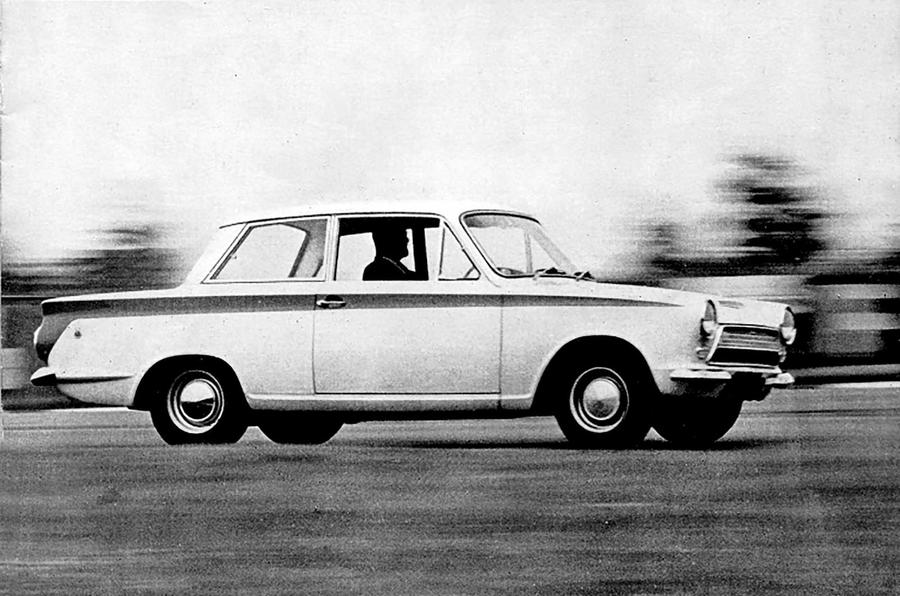
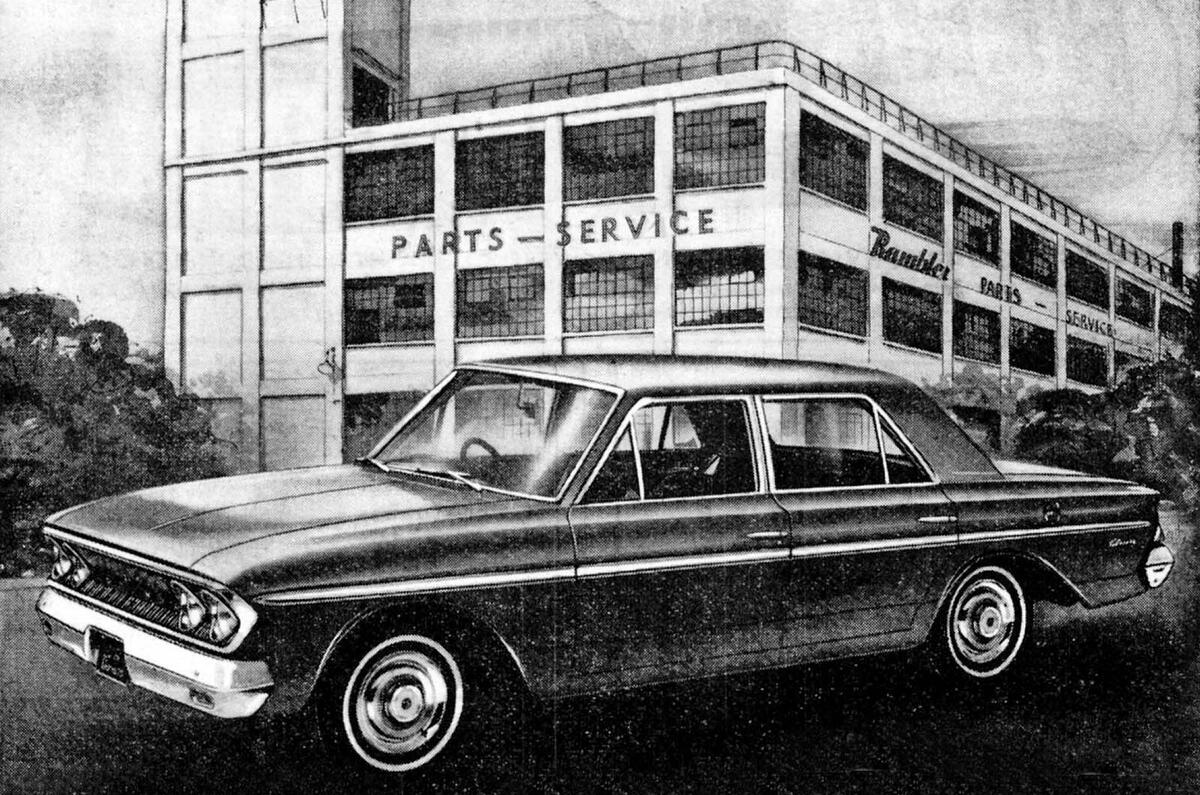

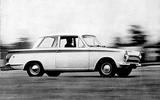



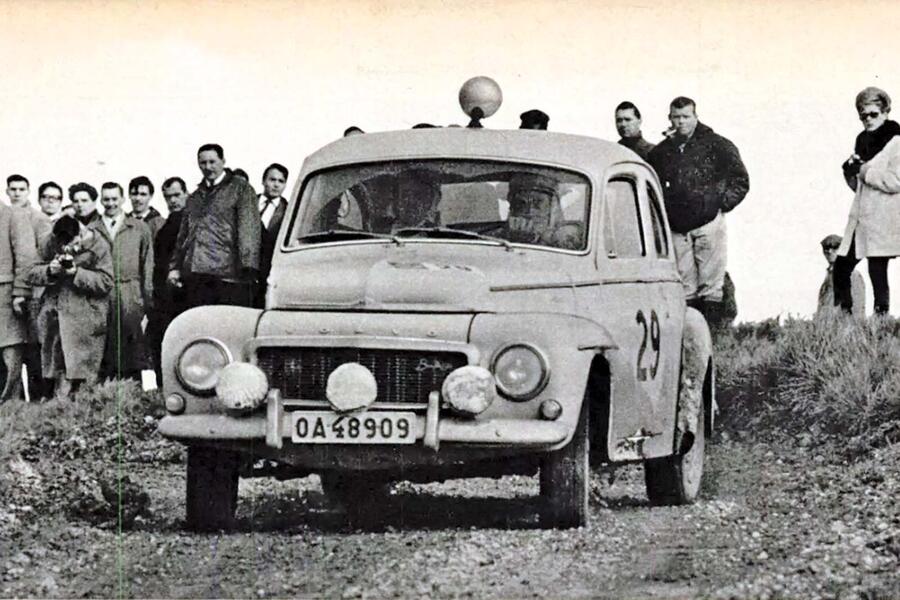
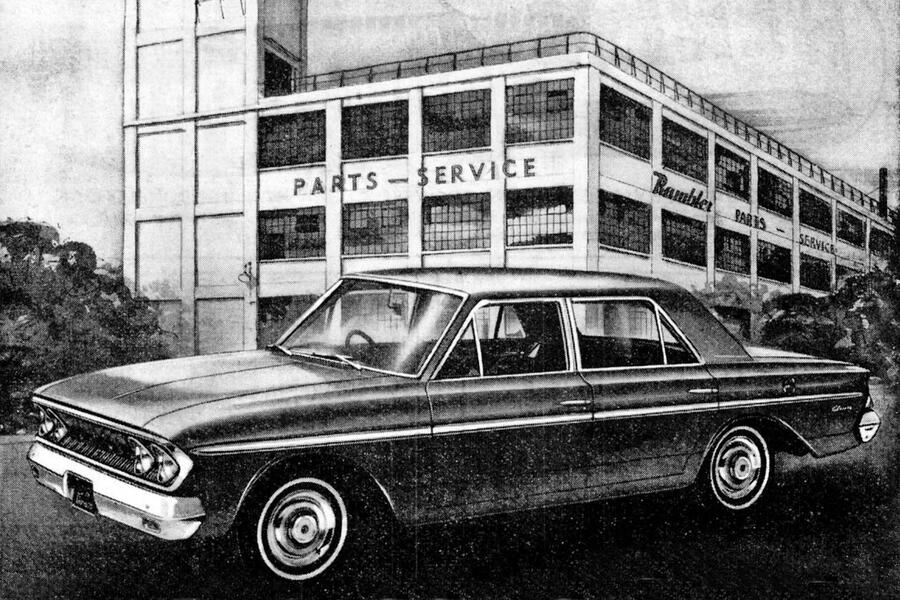
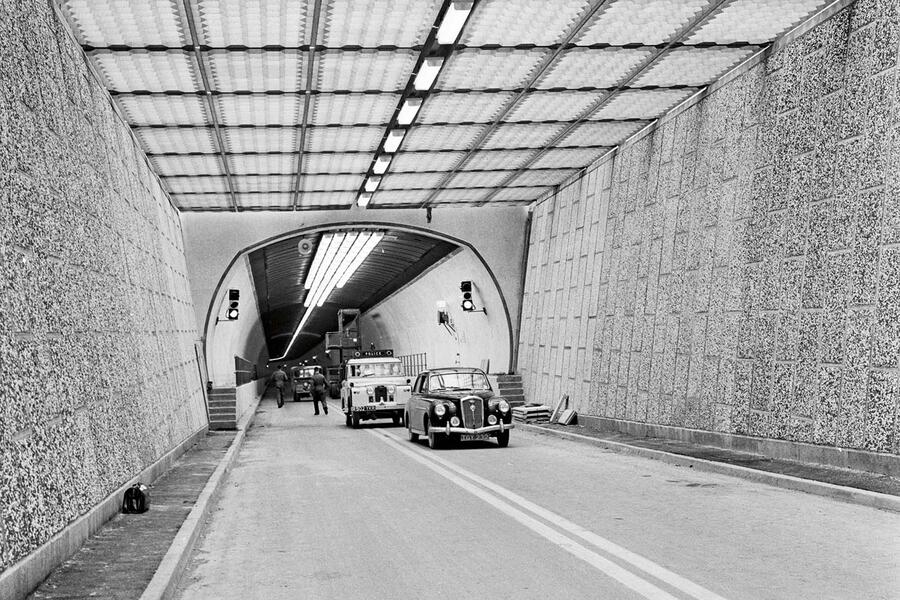


Add your comment